

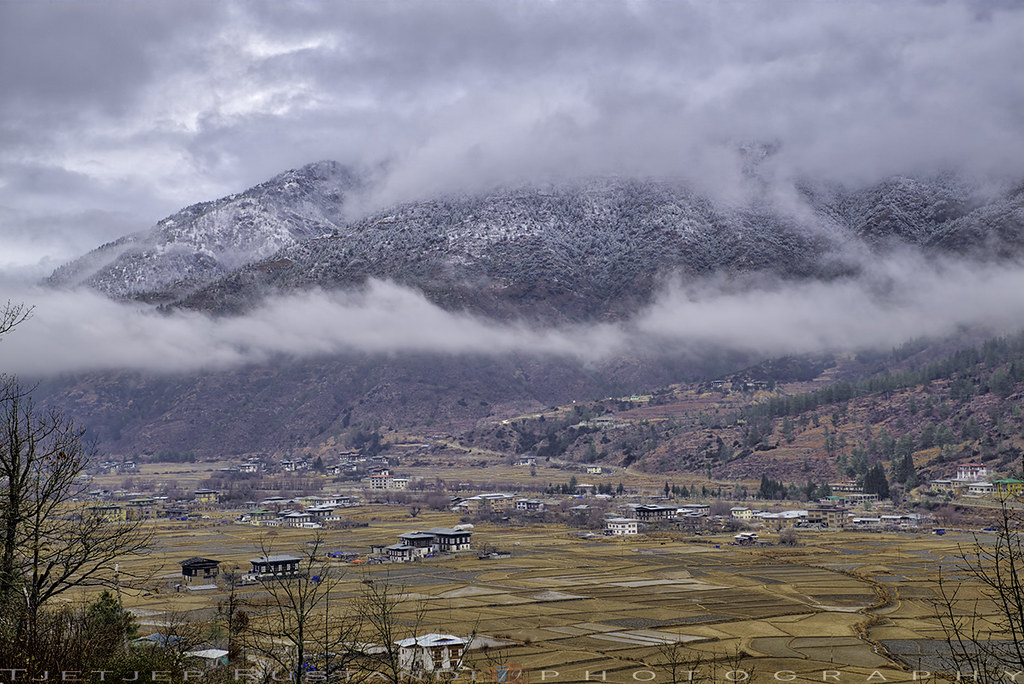
Paro is a gorgeous valley that encompasses incredible culture, breathtaking natural splendor, and tons of myths and folklores. There are many places to visit in Paro Bhutan. It is the place that holds some of the most ancient temples and monasteries of Bhutan and the legendary Tiger’s Nest Monastery. It is home to the country’s only international airport and the National Museum.
The Mountain Jomolhari reigns in white glory at the northern end of the valley and its crystalline glacial waters plunges through deep gorges to form Paro river. Paro valley is the Rice Bowl of the kingdom and it grows the famous red rice of Bhutan from its terraced verdant fields.
At an altitude of about 2200m between the Haa and Thimphu valleys, the Paro valley derives its name from the classical 'Padro' meaning 'beautiful'. It has some of the most fertile agricultural land in the country.
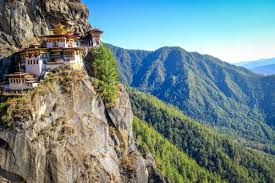
The popular legend of the Taktsang monastery is embellished with the story of Tenzin Rabgye, who built the temple here in 1692. It has been mentioned that the 8th-century guru Padmasambhava had reincarnated again in the form of Tenzin Rabgye. The corroborative proofs mooted are: that Tenzin Rabgye was seen (by his friends) concurrently inside and outside his cave; even a small quantity of food was adequate to feed all visitors; no one was injured during worship (in spite of the approach track to the monastery being dangerous and slippery), and the people of the Paro valley saw in the sky various animal forms and religious symbols including a shower of flowers that appeared and also vanished in the air without touching the earth.
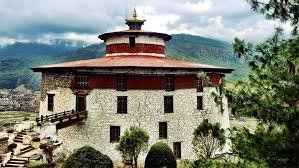
On a ridge immediately above Paro Dzong is Ta Dzong, built as a watchtower to protect Paro Dzong. 'Ta' means 'to see' in Dzongkha, so the watchtower of Dzong is always called a 'Ta Dzong'. On account of their function , watchtowers are always round in shape. It was converted into a national museum in 1968. Ta Dzong holds a fascinating collection of the finest specimens of Bhutanese art, masterpieces of bronze statues, and paintings. It also displays Bhutan's exquisite postage stamps, coins and handicrafts, together with a small natural history collection.

Paro Rinpung Dzong is a large monastery and stronghold of the Kagyu school of Buddhism. Approached by a gently sloping flagstone road and an attractive wooden cantilever bridge roofed with shingles and abutted by two guard houses, the Dzong is the administrative seat of the district of Paro. It also houses the state monastic community of about 200 monks. Paro Dzong also called Paro Rinpong Dzong ( Heap of Jewels) is another popular Dzong in western Bhutan.
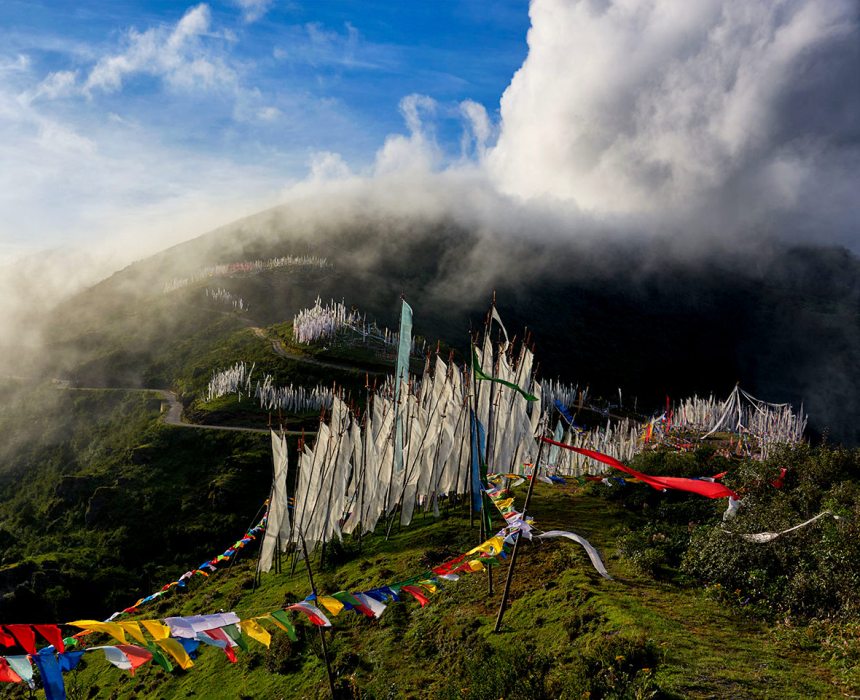
Chela La Pass lies between Paro and Haa Valley. The mountain divides the two districts. It is highest motorable point in Bhutan, sitting 3988 meters (13,083ft) above sea level. The pass is 39.6 Km from Haa Valley. It is buit in the 1990s to connect Haa Valley to Paro. It is not advisable to visit during the extreme winter season due to snow and icy road condition, especially during January to February months. The Chele La Pass is at a cool crisp mountain pass and your route takes through a spectacularly lovely forest of pine, oak and rhododendrons that ableze with blood red and pink blooms in April amd May. Moreover, the pass itself is marked by a multitude of prayer flags that seem to spear the intense blue skyies and on a clear day, you can get a breathtaking view of Mt.Jomolhari and other Himalayan gaints. TO explore and visting Chala-La Pass including Trekking to Haa Valley, Picnic spot, views of Mountain and Biking.
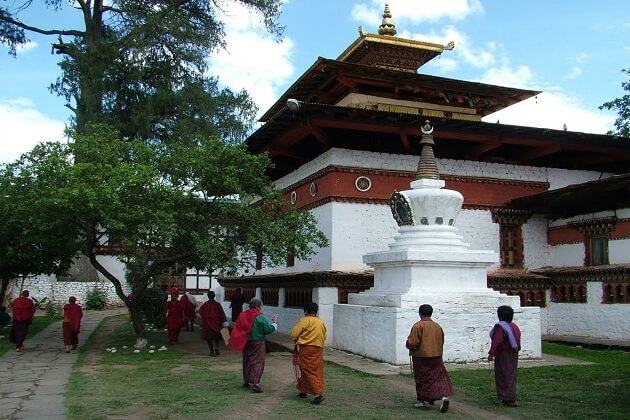
Kyichu Lhakhang is in Paro, western Bhutan. Kyichu Lhakhang is considered one of the oldest temples in the Buddhist Himalayas. According to traditions, the first temple at Kyichu Lhakhang was built by the Tibetan Buddhist King Songtsen Gampo in the seventh century. A giant demonness lay across the whole of Tibet and the Himalayas. To subdue her, Songten Gampo built 108 temples among which was kyichu Lhakhang, built on the demoness left foot. In 1839, the temple was restored on the order of the Twenty-Fifth Je Khenpo, Sherab Gyeltsen. In 1968, H.M Ashi Kesang arranged for a second temple to be built alongside the first.
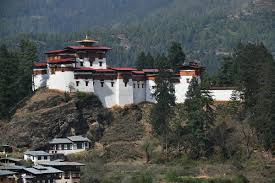
The ancient ruin of Drukyel Dzong, considered as the most beautiful and famous archaeological sites in Bhutan, is situated on a ridge in the upper Paro Valley. Since its construction in 1649, Drukgyel Dzong has been served as an important base for defense in the region until 1951. It was build by Zhandrung Ngawang Namgyal,the linage holder of Drukpa-Kagyud Buddhist school and the unifier of Bhutan who came to Bhutan in 1616 escaping the conflict over recognition of the principal abbot of the Drukpa-Kagyud School in Ralung, Tibet.